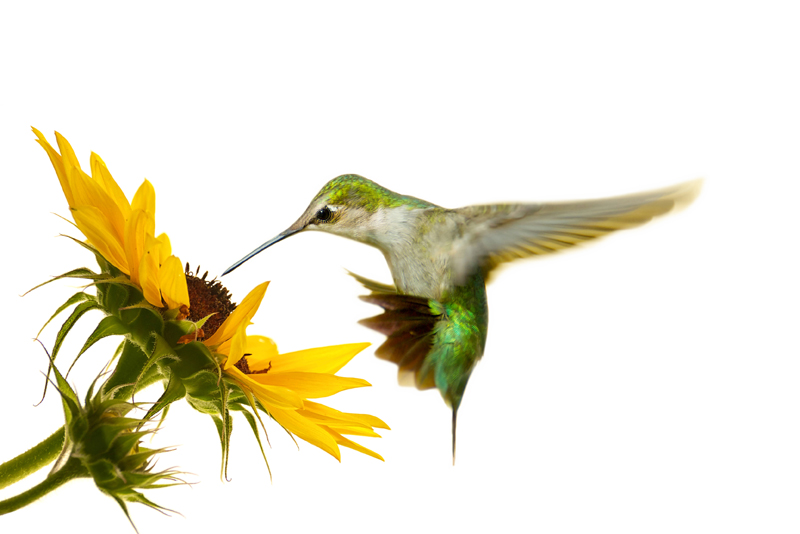Sewing with Flannel

Flannel was originally made from carded wool or worsted yarn, but is now often made from either wool, cotton, synthetic fiber or a blend of fibers. All flannel fabrics have a soft brushed nap (sometimes brushed on both sides), some yarn dyed before weaving (pattern is the same on both sides of the fabric - best for plaids) as opposed to the color or design economically applied onto the fabric after being woven.
Flannel fabric yardage varies in weight from light-weight for shirting, linings, sleepwear, kids apparel, quilt backing, to heavier weights for sheets, blankets and throws, jackets and more.
Consider the following easy to sew items, great for gift-giving, that can be made from flannel fabric:
Fringe Throw - 1 and 1/2 yards of heavy-weight flannel - plaid designs are especially nice and will make a cozy throw. Stitch approximately 1 1/2-inches from the cut edges to be fringed. The stitching will stop the ends from unraveling past that stitching line and provide an even border. To make the fringe, simply remove the long fabric threads from the ends until you’ve unwoven the fabric back to the stitching. Keep the selvage edges of the flannel so just the two ends would be fringed. A great way to keep hands busy in front of the television all the while making a lovely gift.
Flannel Infinity Scarf - one yard of fabric makes a very generous scarf. Cut two rectangles from the fabric 18-inches by the width of the fabric. Lay one rectangle over the other right-sides together and sew both long edges in a 1/4-inch or 3/8-inch seam as desired to create one long tube. Turn right-sides out. Press. Fold in half so the short ends are stacked on top of each other. Stitch the inner two layers from folded edged to folded edge. Next, turn inside out, fold neatly in half again and stitch the two remaining raw edges together leaving about a 4-inch opening for finally turning right-sides out. Hand stitch opening closed. All seams are now enclosed in a continuous tube-like circle.
Sleep Mask - some flannel scraps and thin batting will make a soft sleep mask. Print out a sleep mask pattern online to make a template, or if a sleep mask is already at hand, use it to make a pattern. Cut out the front and back pattern pieces from the fabric chosen and one from thin batting. Cut a length of soft stretchy elastic for the head band. Lay front and back pieces right sides together sandwiching the elastic inside, then the batting on top and stitch around leaving a small enough opening for turning. Trim seam, turn right sides out. Sew opening closed. Top stitch all around to keep all layers neatly together.
Baby Blanket - two one-yard pieces of 45-inch-wide flannel will make a charming reversible receiving blanket for a new baby. Wash (use baby-safe detergent), dry and iron fabric before sewing. Place fabric pieces right-sides together and trim edges if necessary to square up fabrics. Stitch a 1/4" seam all around leaving an opening for turning. Clip corners to reduce bulk, turn right-sides out then iron neatly. Hand stitch opening closed, then top stitch all around using a straight, zig zag or decorative stitch. Alternatively, stitch both pieces of fabric wrong sides facing about 1/2-inch in from all edges. Then, cut small slits all around the blanket edge up to the stitching. Wash and dry again so edges fray close to the stitching. Roll up and tie with ribbon. Add a soft plushie toy if desired for gift giving.
Flannel fabric has humble origins as a light-weight alternative to warm weather wool and remains today a perennial fashion favorite. Seen in baby clothes, outdoor wear, sleepwear and even on fashion runways, items made of flannel often appear to coincide with autumn weather hinting at warmth and timeless comfort. Flannel is warm, light-weight, breathable, low-cost and easy to sew!
Sewing Projects Using Flannel found on Pinterest.com.
Sew happy, sew inspired.
Flannel fabric yardage varies in weight from light-weight for shirting, linings, sleepwear, kids apparel, quilt backing, to heavier weights for sheets, blankets and throws, jackets and more.
Consider the following easy to sew items, great for gift-giving, that can be made from flannel fabric:
Fringe Throw - 1 and 1/2 yards of heavy-weight flannel - plaid designs are especially nice and will make a cozy throw. Stitch approximately 1 1/2-inches from the cut edges to be fringed. The stitching will stop the ends from unraveling past that stitching line and provide an even border. To make the fringe, simply remove the long fabric threads from the ends until you’ve unwoven the fabric back to the stitching. Keep the selvage edges of the flannel so just the two ends would be fringed. A great way to keep hands busy in front of the television all the while making a lovely gift.
Flannel Infinity Scarf - one yard of fabric makes a very generous scarf. Cut two rectangles from the fabric 18-inches by the width of the fabric. Lay one rectangle over the other right-sides together and sew both long edges in a 1/4-inch or 3/8-inch seam as desired to create one long tube. Turn right-sides out. Press. Fold in half so the short ends are stacked on top of each other. Stitch the inner two layers from folded edged to folded edge. Next, turn inside out, fold neatly in half again and stitch the two remaining raw edges together leaving about a 4-inch opening for finally turning right-sides out. Hand stitch opening closed. All seams are now enclosed in a continuous tube-like circle.
Sleep Mask - some flannel scraps and thin batting will make a soft sleep mask. Print out a sleep mask pattern online to make a template, or if a sleep mask is already at hand, use it to make a pattern. Cut out the front and back pattern pieces from the fabric chosen and one from thin batting. Cut a length of soft stretchy elastic for the head band. Lay front and back pieces right sides together sandwiching the elastic inside, then the batting on top and stitch around leaving a small enough opening for turning. Trim seam, turn right sides out. Sew opening closed. Top stitch all around to keep all layers neatly together.
Baby Blanket - two one-yard pieces of 45-inch-wide flannel will make a charming reversible receiving blanket for a new baby. Wash (use baby-safe detergent), dry and iron fabric before sewing. Place fabric pieces right-sides together and trim edges if necessary to square up fabrics. Stitch a 1/4" seam all around leaving an opening for turning. Clip corners to reduce bulk, turn right-sides out then iron neatly. Hand stitch opening closed, then top stitch all around using a straight, zig zag or decorative stitch. Alternatively, stitch both pieces of fabric wrong sides facing about 1/2-inch in from all edges. Then, cut small slits all around the blanket edge up to the stitching. Wash and dry again so edges fray close to the stitching. Roll up and tie with ribbon. Add a soft plushie toy if desired for gift giving.
Flannel fabric has humble origins as a light-weight alternative to warm weather wool and remains today a perennial fashion favorite. Seen in baby clothes, outdoor wear, sleepwear and even on fashion runways, items made of flannel often appear to coincide with autumn weather hinting at warmth and timeless comfort. Flannel is warm, light-weight, breathable, low-cost and easy to sew!
Sewing Projects Using Flannel found on Pinterest.com.
Sew happy, sew inspired.

Related Articles
Editor's Picks Articles
Top Ten Articles
Previous Features
Site Map
Content copyright © 2023 by Cheryl Ellex. All rights reserved.
This content was written by Cheryl Ellex. If you wish to use this content in any manner, you need written permission. Contact Cheryl Ellex for details.







